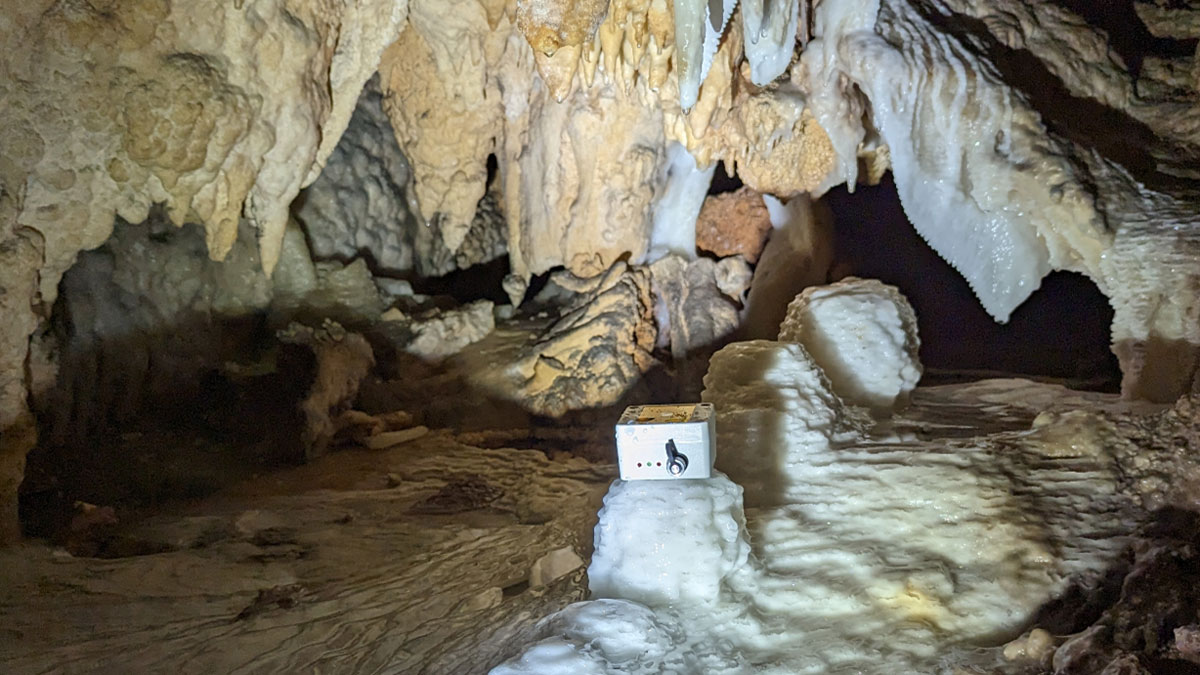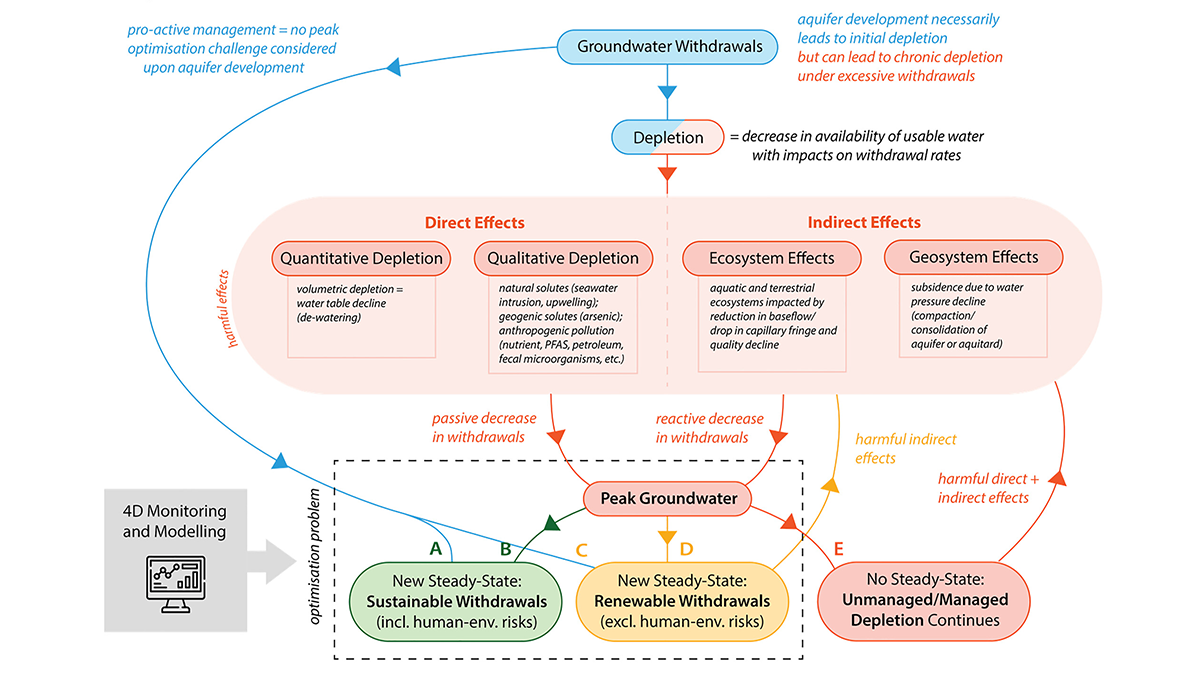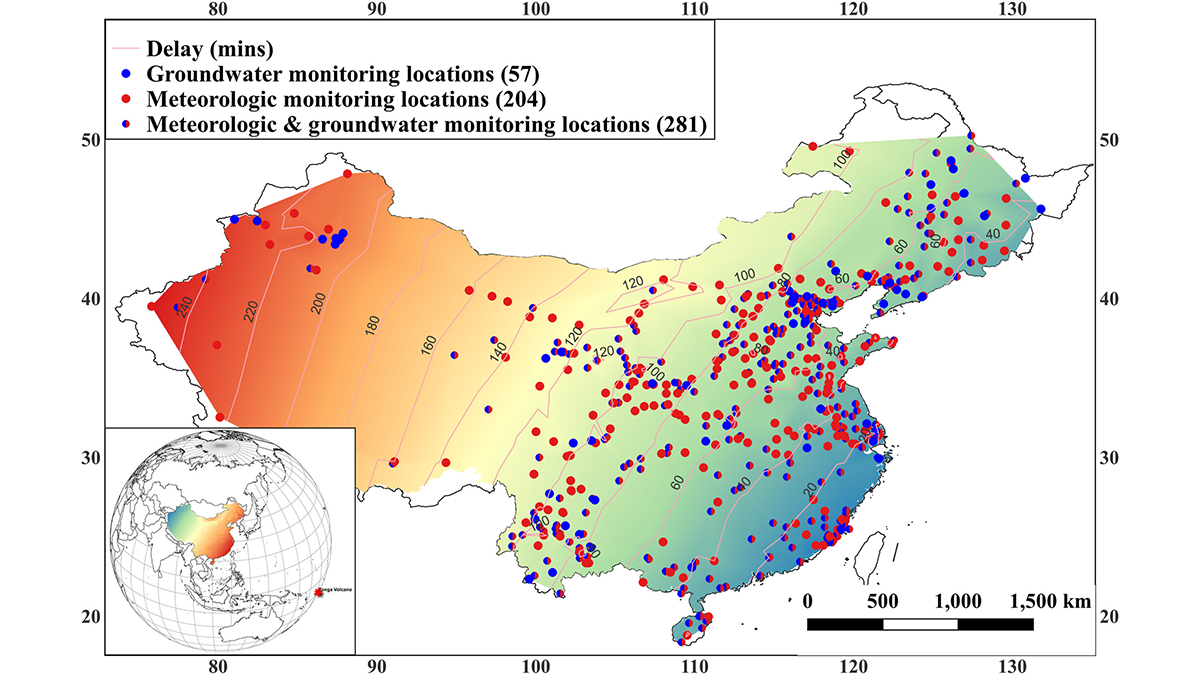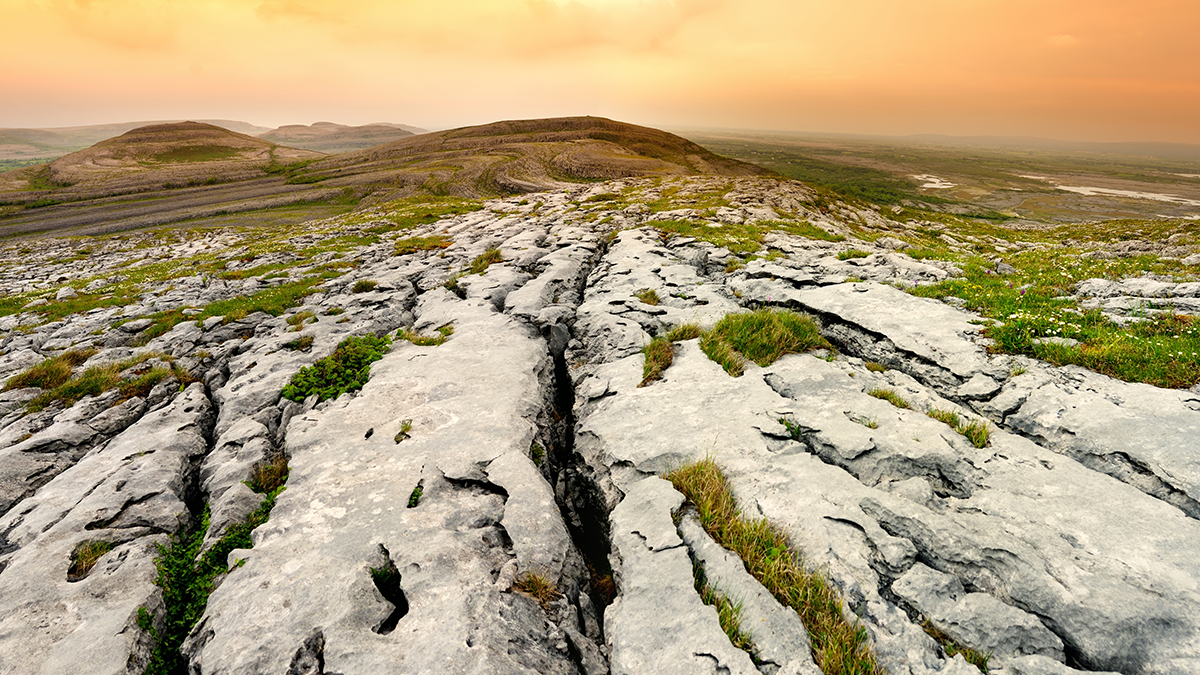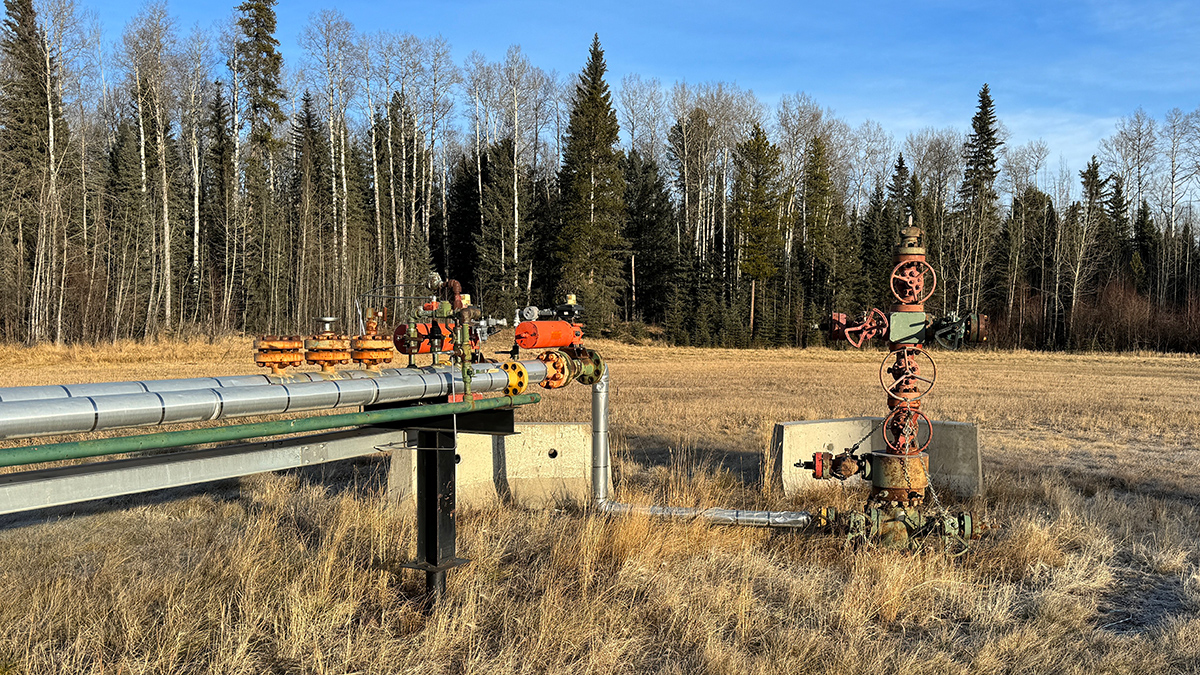Counting drips in caves is helping to reveal how much precipitation is needed to start refilling underground aquifers.
aquifers
Avoiding and Responding to Peak Groundwater
A new review shows how rising demand, shrinking supplies, and policy decisions together shape when groundwater use peaks and what can be done to avoid long-term depletion.
A Volcanic Boom Puts the Squeeze on Remote Confined Aquifers
A new study shows that ground water levels responded to forcing by barometric pressure pulses from the 2022 Hunga Tonga-Hunga Ha’apai Volcanic Eruption.
Groundwater Pollution in Karst Regions: Toward Better Models
New advances in modeling contaminant transport offer a clearer picture of how to protect karst aquifers.
Scientists Map Where Orphan Wells Pose Threats to Aquifers
A new study from the U.S. Geological Survey finds that groundwater in Appalachia, the Gulf Coast, and California is susceptible to contamination from orphaned oil and gas wells.
33.8 Million People in the United States Live on Sinking Land
The most populated cities in the country are slowly subsiding, posing risks to infrastructure and exacerbating flooding—and not just on the coasts.
Seismometers Provide Fuller Picture of Los Angeles Groundwater
A new method to evaluate deep aquifers shows even torrential rains haven’t fully replenished groundwater beneath Los Angeles.
Deep Groundwater Might Be a Sustainable Solution to the Water Crisis
Scientists are finding fresh groundwater buried deep underground, but questions remain about the scale of these resources, how they’re resupplied, and whether they can be used sustainably.
Reactive Barriers Could Keep Nitrate out of the Atlantic
Microbes in mulch scrub nitrate from groundwater before it flows to the sea.
Groundwater Levels Are Dropping Around the World
Well data from around the world show declines driven by water use and climate change.

